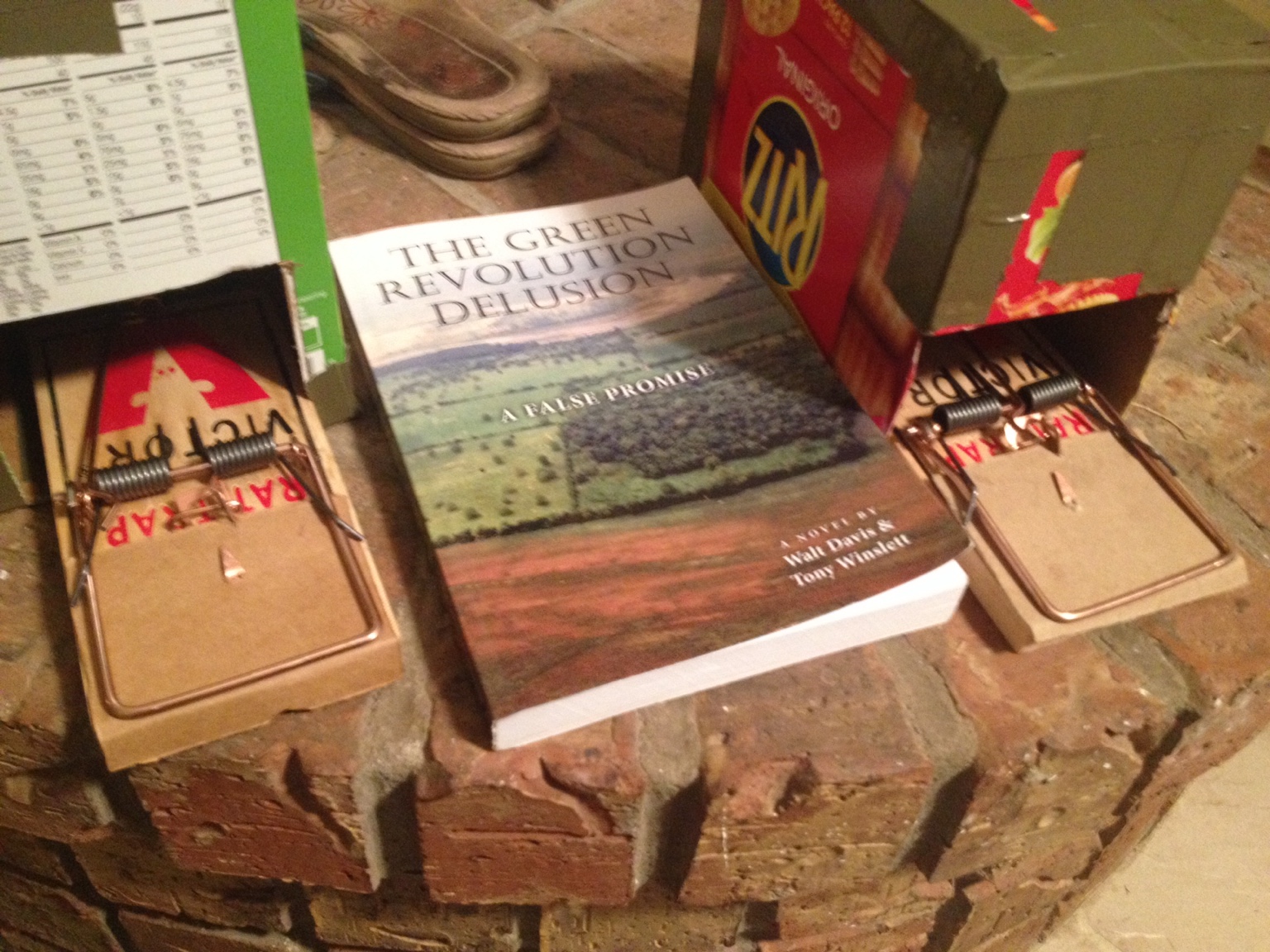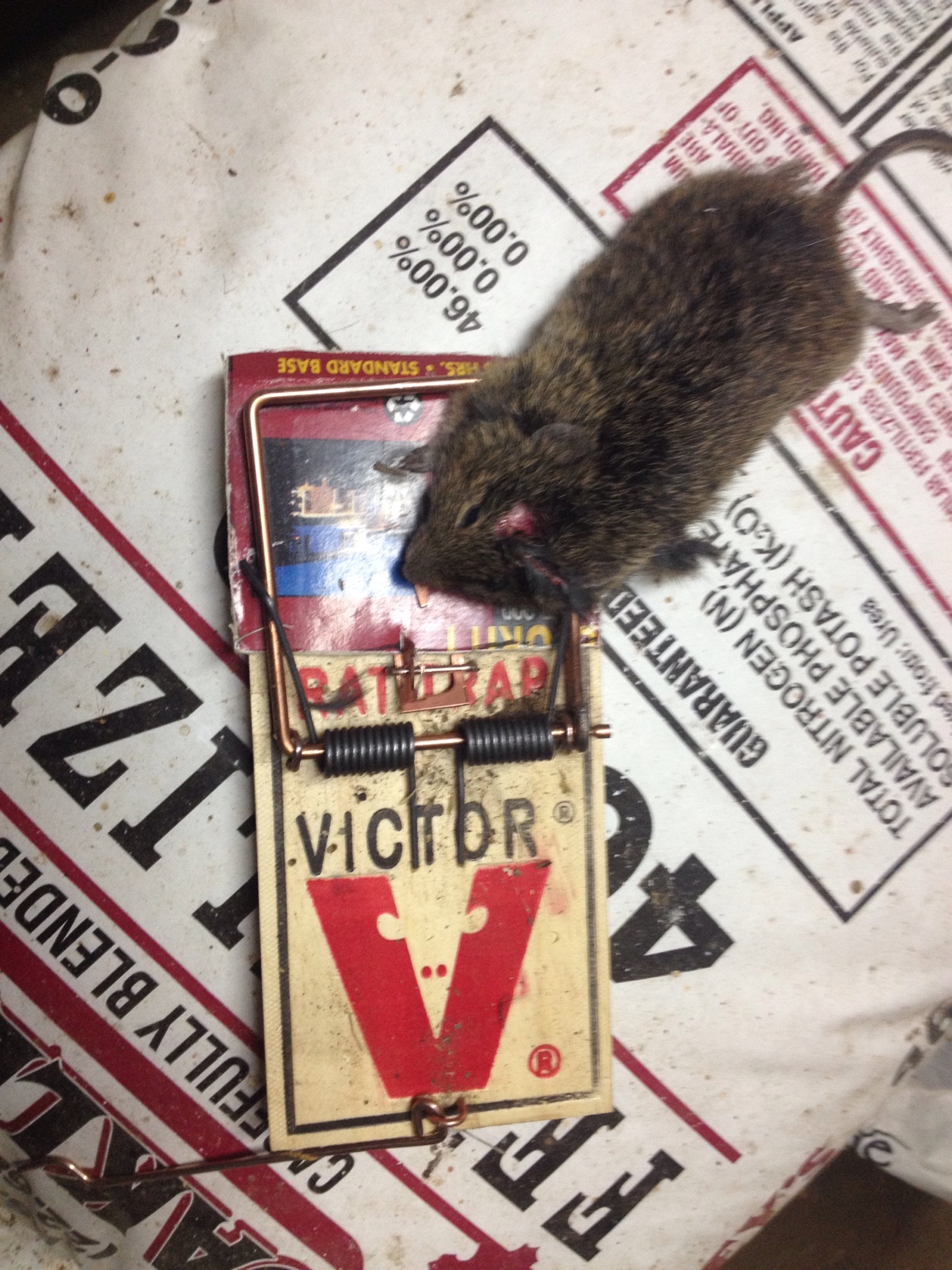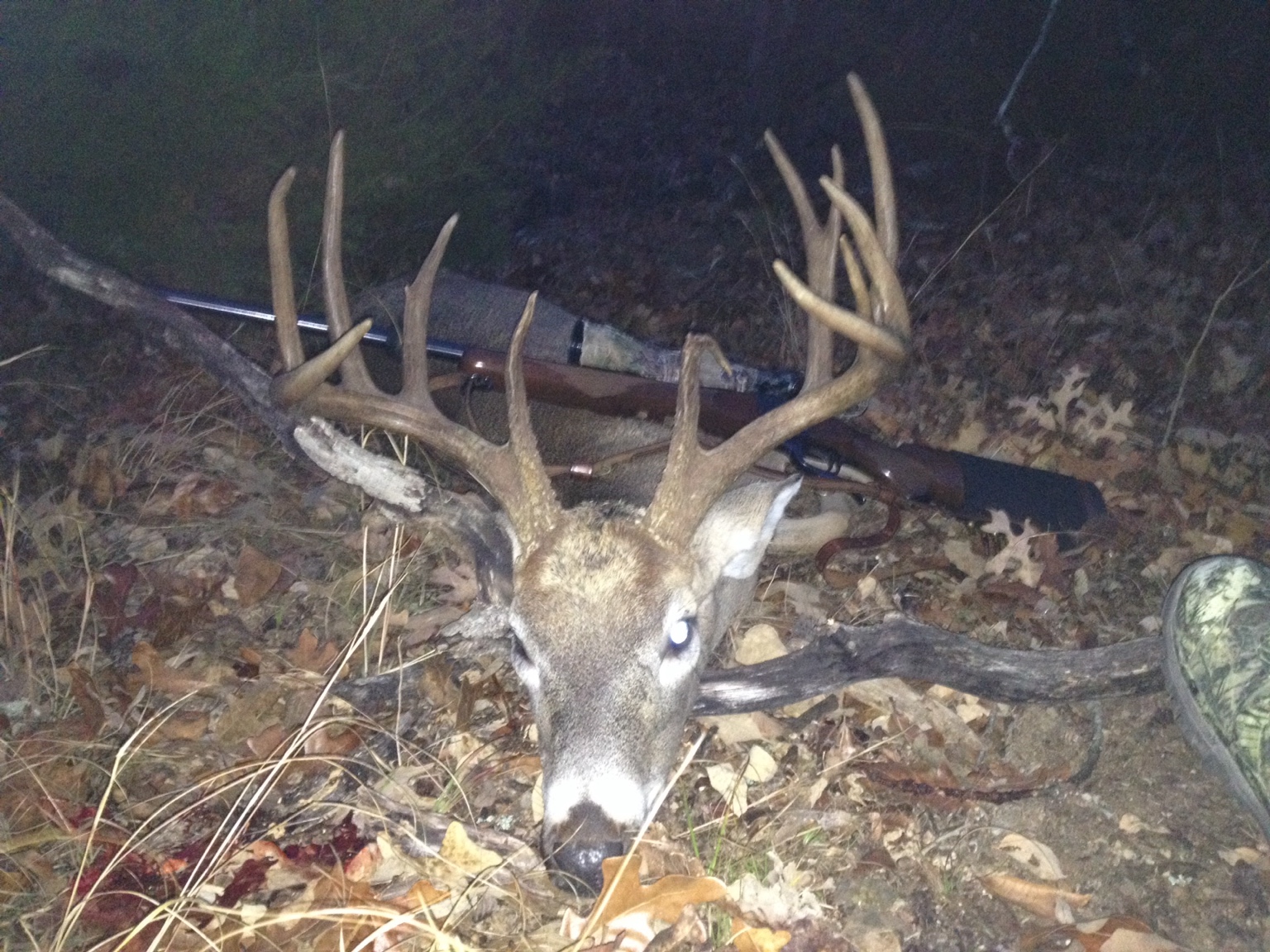November....a turning point for the animal and landscape. About 30 days of decent plant growth remains, then forage supply becomes set until late winter when new growth begins en masse. Winter regrowth is very slow, adds richness, but doesn't add bulk for the cow. Cool season annual growth has come late in the year (mostly the last 3 weeks) and looks good relative to the amount of moisture received. Long recovery periods after grazing allow for fall growth of cool season plants to stockpile...and that is important this month. Extended warm weather has allowed warm season plant growth to continue since August and stockpile bulk forage. All of the growth you see in the pictures has occurred over subsoils which have been very dry for about 90 days now. Most of our annual warm season forbs have completed their life cycle and no longer use moisture, except for those forbs which are extremely long day (perennial) and will continue growth until frost. Current forage growth comes from moisture stored in the humic layers of topsoil and moisture spared from evaporation in covered soil.
The line between drilled and non planted pasture is a faint one from this angle. Note, growth of brassica in the mix favors heavily impacted areas....the trampled path near the fence and patches of manure or scuffed areas in the main field. When moisture is scarce, brassica compete poorly where perennials are well established...small grains and vetch are doing just fine in the warm season sod.

From a distance (second mesa looking down to the third mesa), the green field is more contrasting. Notice as you look across the landscape from this angle, forb density differs from that of post #25. Slope direction affects sunlight capture and that has an impact on diversity after disturbance and needed recovery time of perennial grasses.

Deer are leaving sign near areas of current use. This scrape is on the edge of wooded dry rangeland. Note the same character of plant diversity....mostly warm season plants with some scattered cool season plants. That plant composition depicts the natural model for our areas this time of year.

Currently cover crops (ryegrasses, fescue, vetches, ladino clover, brassica) are being broadcast over areas with high forb density when the cow herd is moved. This is not something I want to do large scale every year due to cost/profitability, so it is important to monitor past plantings to see how the plant community has changed and which plants are perpetuating themselves. The goal here is replace excess forbs with persistent legumes and annual grasses eventually encouraging higher perennial grass composition.
Volunteer hairy vetch is putting on tremendous fall growth...some areas it is already mid-shin deep. Managed properly and vetch can replace range cubes as a cattle supplement for grazing stockpiled warm season pasture! Forb density was high enough in this reclaim area to warrant mowing this year. In better soil areas, vetch kept forb density in check.

Where conditions favor clover, ladino will do well. This reclaim area is partially shaded, was high forbs last year, and near to good wildlife cover.
Regrowth of sorghums in drilled annual rotation plots is simply amazing....again no fertility applied in over a year....a little shade helps cool season annuals in a dry fall!


Clover seed has finally emerged and is established well enough to handle frost.

The line between drilled and non planted pasture is a faint one from this angle. Note, growth of brassica in the mix favors heavily impacted areas....the trampled path near the fence and patches of manure or scuffed areas in the main field. When moisture is scarce, brassica compete poorly where perennials are well established...small grains and vetch are doing just fine in the warm season sod.

From a distance (second mesa looking down to the third mesa), the green field is more contrasting. Notice as you look across the landscape from this angle, forb density differs from that of post #25. Slope direction affects sunlight capture and that has an impact on diversity after disturbance and needed recovery time of perennial grasses.

Deer are leaving sign near areas of current use. This scrape is on the edge of wooded dry rangeland. Note the same character of plant diversity....mostly warm season plants with some scattered cool season plants. That plant composition depicts the natural model for our areas this time of year.

Currently cover crops (ryegrasses, fescue, vetches, ladino clover, brassica) are being broadcast over areas with high forb density when the cow herd is moved. This is not something I want to do large scale every year due to cost/profitability, so it is important to monitor past plantings to see how the plant community has changed and which plants are perpetuating themselves. The goal here is replace excess forbs with persistent legumes and annual grasses eventually encouraging higher perennial grass composition.
Volunteer hairy vetch is putting on tremendous fall growth...some areas it is already mid-shin deep. Managed properly and vetch can replace range cubes as a cattle supplement for grazing stockpiled warm season pasture! Forb density was high enough in this reclaim area to warrant mowing this year. In better soil areas, vetch kept forb density in check.

Where conditions favor clover, ladino will do well. This reclaim area is partially shaded, was high forbs last year, and near to good wildlife cover.

Regrowth of sorghums in drilled annual rotation plots is simply amazing....again no fertility applied in over a year....a little shade helps cool season annuals in a dry fall!


Clover seed has finally emerged and is established well enough to handle frost.














